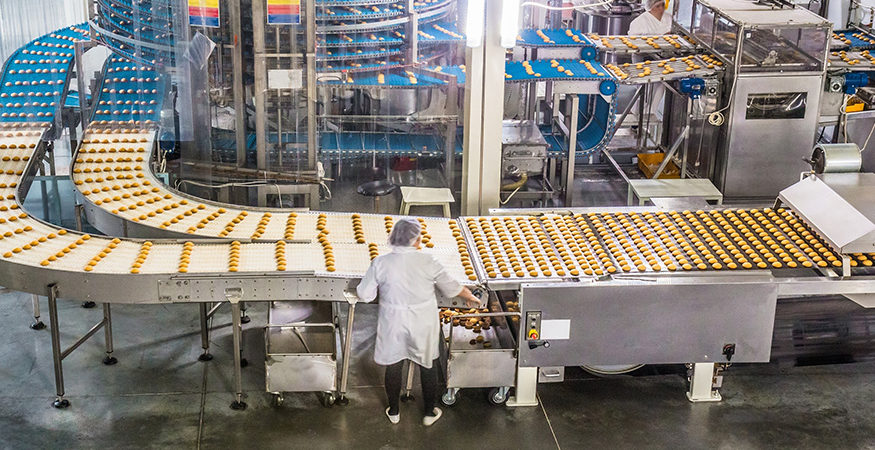According to the Food Standards Agency there are many deaths every year in the UK from food-induced anaphylaxis. Additionally, there are also around 1,500 asthma deaths, some of which may be triggered by food allergy. The combination of the two means that food reactions can be a lot more severe. For those at greatest risk, the tiniest trace of food allergen can trigger severe symptoms and, in some cases, cause fatal or near-fatal symptoms. In Europe, food allergens are controlled and assessed by clinical and scientific experts through the European Food Safety Authority (EFSA).
Although most deaths from food allergens are consumer based and occur within restaurants and other eateries, there are guidelines with regards to allergens in the food production industry to minimise the risk of food contamination. Foods which contain allergens must be clearly labelled, and where it is not possible to have dedicated production facilities, packaging must also highlight the potential risk.
Separation of allergen-containing products
In factories where production of both allergen-containing foods and non-allergen containing foods are within the same facility, there are a few ways to minimise the risk of cross-contamination via methods of separation.
Some of these include:
- using separate areas of the factory
- using physical barriers to fully segregate production lines
- using dedicated equipment
- minimising unnecessary movement of materials
- appropriate scheduling of production runs, including appropriate cleaning of equipment between production runs
- controlling rework, ensuring that residual material containing an allergen is not reworked into an allergen-free product
- when practicality allows, separating the air supply
Using physical barriers between the production lines
Installing internal site hoarding to fully segregate different production lines, or to create rooms is a simple and cost-effective solution. VA Whitley did just that, using the Hoardfast modular system to create a gluten free batter production room.
Wipe clean hygienic panels can be used to create separate areas for different types of food production. With tight joints, the panels can be fitted together to achieve a tight seal to minimise the risk of cross contamination.
Another solution provided by Westgate Global is the popular Flexicurtain. The curtain is a fixed system that allows lines to be segregated quickly for washdown, or when two lines are being used simultaneously to produce products that need segregation and cross contamination control. Typically this is for either odour or transmission of airborne particles.
Dedicated equipment
Dedicated equipment should be used when producing both allergen containing foods and non-allergen containing foods. This can include equipment such as scales, utensils, and storage devices. Proper labelling should be carried out to clearly identify which equipment is to be used for which type of food. Colour coding may be beneficial unless a colour coding system is already in place to specify different types of food.
Air supply
Consideration should be given to the possibility of cross contamination via air supply. There are implications to having a common air supply in a factory where allergen containing food is produced. For example, allergens such as milk powder or nut dust could enter the air supply and be carried into other areas of the factory where allergen-free foods are manufactured. Dedicated air conditioning and extraction systems can be put in place wherever practical to minimise the risk of cross contamination. The installation of a Flexidoor between separate food production areas or Flexicurtain between production lines are two examples of this.
Manufacturing schedules
If possible, products containing allergens should be made at the end of a production run; with non-allergen foods being made first. By manipulating manufacturing schedules like this, it minimises the potential for contamination. It’s also beneficial to operate long runs of allergenic products to decrease the amount of changeovers needed, which are prime times for contamination to occur. Long runs of allergenic products should also be always followed with a thorough clean down.
All of the above guidelines are made by the Food Standards Agency. You can find more information concerning allergens on their website.
